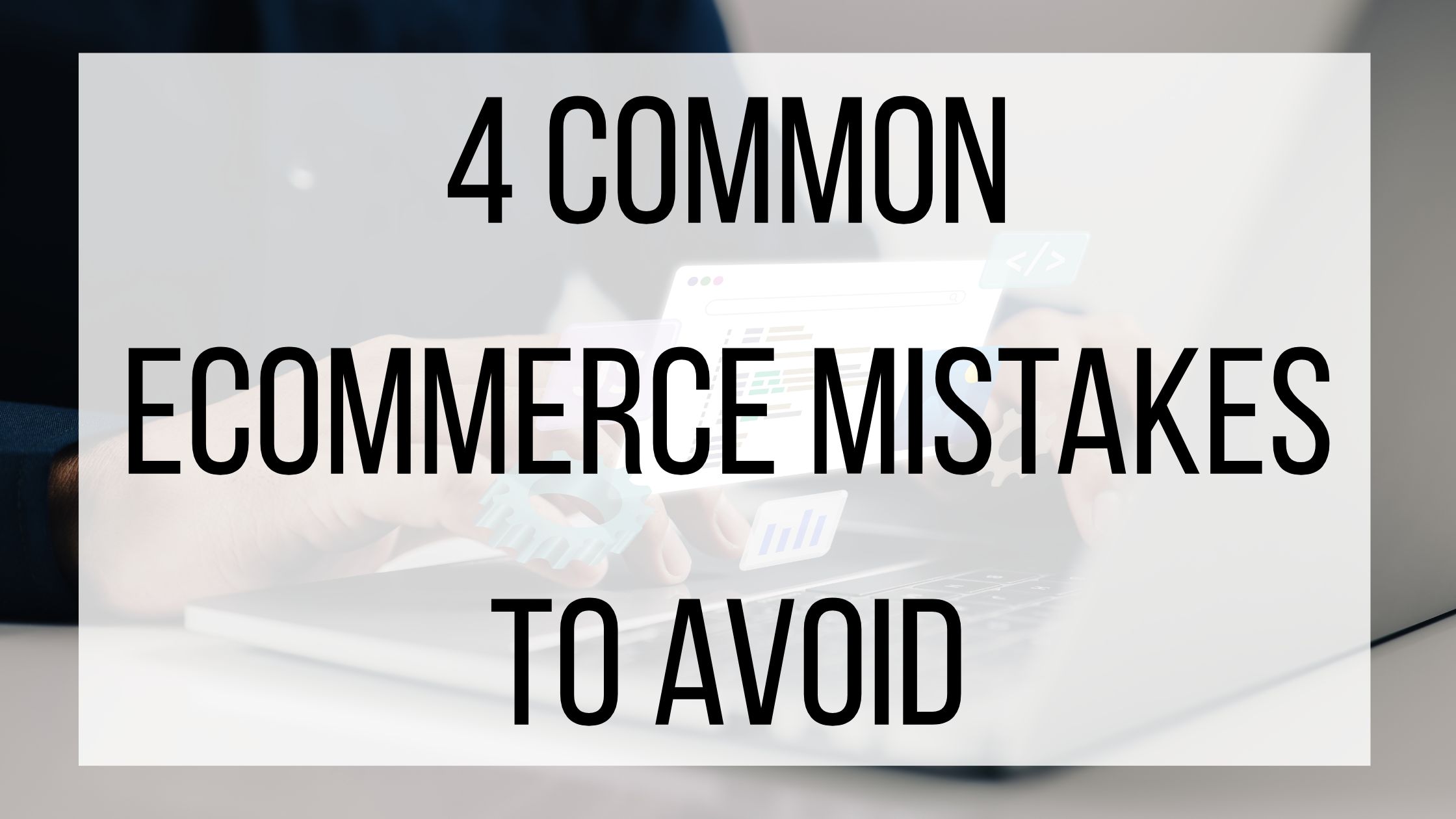Bootstrapping
Bootstrapping in marketing means relying entirely on one’s own efforts and resources. That doesn’t mean that it is free or that the success of the business is left to chance. Bootstrapping, as with any other marketing venture, comes with a set of tools that can help you further your business out of very little, or with little expense. Bootstrapping generally means relying on what you, the business owner or developer of a product, have at your own disposal, such as money available to you through personal income or savings, making use of low or reduced operating costs, made possible in part by your own “blood, sweat, and tears”. Most startups begin this way, either because they cannot do anything else until other financing options and/or partnerships can be established, or because it offers an unmatched type of independence: you are entirely your own master and completely in control of your own product(s) and business, from start to finish. There are advantages and disadvantages to such an approach, of course, but however you weigh the pros and the cons, the risks and the potential rewards, there are factors that can help you and make it easier for you to build your business, even when you decide to “bootstrap” and go at it, more or less, alone.
With bootstrapping, any step that you take to promote your product is a type of marketing. Typical bootstrap marketing tools include
- Social Media. Most businesses these days have a presence on social media and most businesses use their social media accounts for marketing purposes. This makes absolutely sense, if you are short on resources and choosing the DIY bootstrapping approach: signing up on social media is, first of all, free. It also gives you the potential to connect with hundreds, thousands (or even millions) of potential customers. The important thing to remember here is that just opening up a Facebook page or a Twitter account, is not going to bring you business. You have to use the social media sites to interact with customers, you have to engage them, and share lots of useful content that is relevant to what you are trying to sell and the people who would be likely to buy that from you. There needs to be consistency and relevance in your postings.
- Email Marketing, e.g. by setting up an e-mail list to which followers can subscribe to receive updates about your business and/or the product that you are trying to sell. Emails establish relationships with your followers or your target audience. Again, relevance and consistency is key: make sure to keep the emails engaging and effective and people will respond to your email marketing efforts positively. As we have stated before in the space of this blog, getting people to subscribe is one thing; getting them to stay – and not unsubscribe – is another. Your efforts need to be on both fronts.
- Public Relations & Networking: connect with local media, blogs, professional circles. Participate in events, hand out business cards, offer bonuses and freebies to local charities and/or fun events. The more you get your name out there, the bigger the chance of a return on these connections. If your business does not stand to benefit from local events – say you have an Internet business or an online game you want to sell and are seeking a more global market – you can still try to connect with blogs or influential people over social media: follow an important blogger or reporter on Twitter, for instance, and respond to his/her tweets. Join a LinkedIn group where you can find people from within the same field. Networking with other people can help further your business, because their connections can become your connections, and your connections can become customers.
Not all marketing efforts are equally beneficial: you will have to see and do what works for you and the product that you are trying to sell. Bootstrap marketing is a lot about having a specific mindset and using the resources that you have around you: it may seem daunting at first, but recognize that you have a lot more around you than you think and you can do a whole lot with the things and skills that you do have. Get to know your customers, define your target audience, use social media and email subscription lists to connect with them, give of yourself and of your time to network and establish relations with influential people from your field. Go local, go global, wherever your type of business or product will lead you.
And if going at it alone still seems daunting to you and you are not sure on how to go about connecting with customers or others from within your field, signing up with a business like BMT Micro can help you to overcome these challenges. A globally recognized e-commerce business like BMT Micro can serve as the connector that you need to bring potential customers to your product(s). BMT Micro can promote your business, sell your product, and handle all customer-vendor transactions, for a fee that is quite minimal compared to what an advanced marketing campaign may cost. Bootstrapping is not just for startups, but for small, established businesses as well, who are mindful of their resources at any stage of their development. Email us at vendors@bmtmicro.com to find out more how BMT Micro can help you! You can also read more about bootstrapping marketing tips and tricks, such as social media and email marketing, through our other blog posts, right here at blog.bmtmicro.com!


